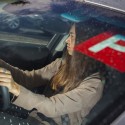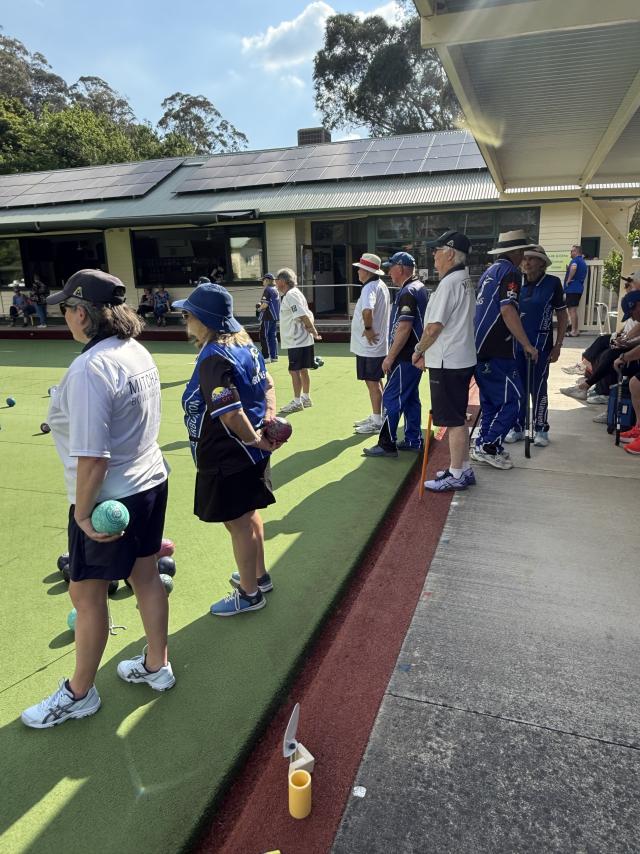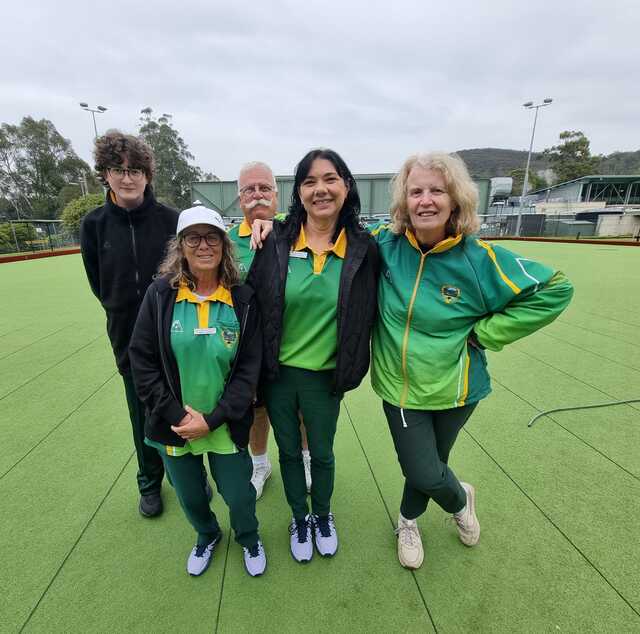By VICTORIA STONE-MEADOWS
IT IS well-known that P-platers are at a higher risk of having a car accident in the first six to 12 months after they get their licence.
The Monash University Accident Research Centre (MUARC) states that new P-plate drivers are 33 times more likely to be involved in a serious car accident than L-plate drivers.
So, what can parents and guardians do to reduce this risk of young and inexperienced drivers getting into trouble on the roads?
The best course of action is to still be involved in your kid’s driving education after they pass their driving test and you hand over the keys.
There are many risk factors that contribute to young drivers having accidents on the roads and most of them can be addressed by continuing to be involved in the education of young drivers.
The inexperience of P-plate drivers combined with things such as driving with passengers, driving in poor weather conditions, driving when tired and so on can all increase the likelihood of a younger driver being involved in a serious accident.
MUARC has many suggestions on how to combat these risks such as discussing the responsibilities of being a safe driver as well as a safe passenger and driving to the conditions of the road rather than to the suggested speed limit.
While these all seem like common sense measures, it’s important for parents and guardians to realise that all inexperienced drivers are at some level of risk of having an accident and driver education does not stop when they get their P-plates.
It can be as simple as taking a drive with your child from time to time to check up their driving habits, or being open to picking them up when they should definitely not be driving.
It is both the responsibility of the young driver and their teacher to understand that learning to drive in varying conditions takes a long time and both parties need each other’s support to get the balance right.







